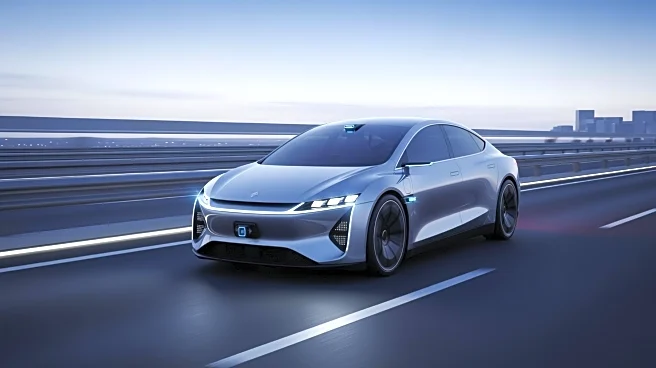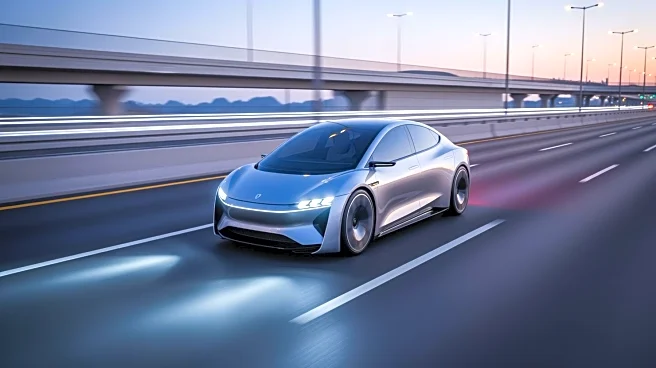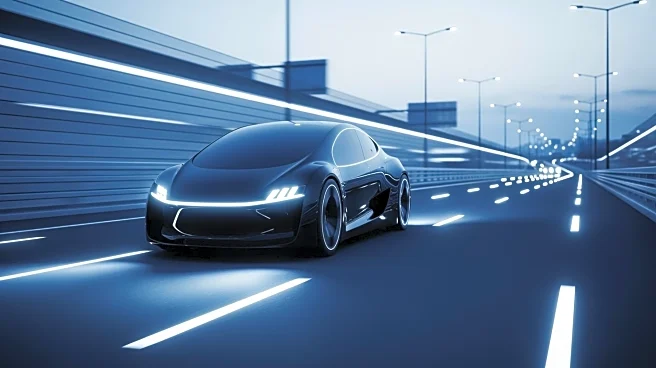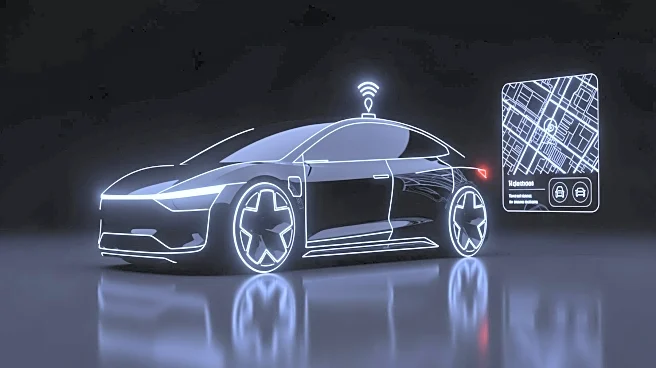What's Happening?
Andrej Karpathy, former head of Tesla's Autopilot team, has made a significant prediction regarding the future of self-driving cars. He anticipates that autonomous vehicles will fundamentally alter urban
environments, reducing the need for parked cars and parking lots, thereby reclaiming space for human activities. Karpathy foresees improvements in safety and reductions in noise pollution, as well as more efficient delivery of goods. Although the transition to self-driving technology will not be immediate, he believes it will mark a distinct era in urban planning and lifestyle changes. Tesla's Cybercab unveiling showcased concepts of how autonomous vehicles could reshape cities, with potential conversions of parking areas into green zones.
Why It's Important?
The advancement of self-driving technology could significantly impact urban planning, transportation, and environmental sustainability. By reducing the need for parking infrastructure, cities could repurpose land for green spaces and community activities, enhancing quality of life. Improved safety and reduced noise pollution could lead to healthier urban environments. The efficiency gains in goods delivery could benefit businesses and consumers alike, potentially lowering costs and increasing accessibility. However, the widespread adoption of autonomous vehicles faces regulatory challenges, as rules vary by state, affecting the pace of integration into city planning.
What's Next?
The development and deployment of autonomous vehicles will continue to face regulatory hurdles, with state-specific rules influencing their integration into urban environments. Companies like Tesla and Waymo are expanding their testing and services, aiming to overcome these challenges. As technology advances, stakeholders will need to address legal, ethical, and safety concerns associated with self-driving cars. The potential for autonomous vehicles to reshape cities will depend on successful navigation of these issues and collaboration between technology companies, policymakers, and urban planners.











